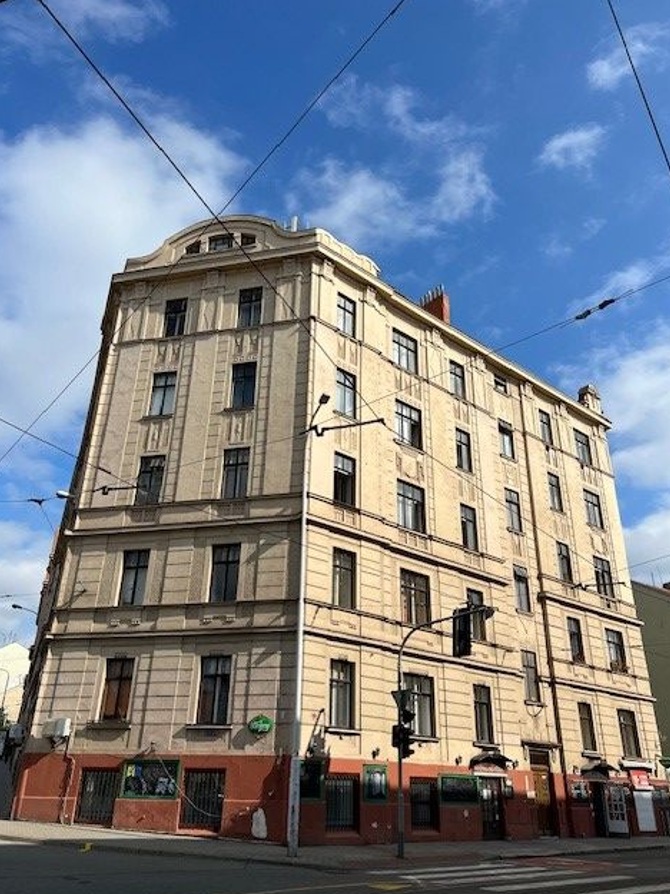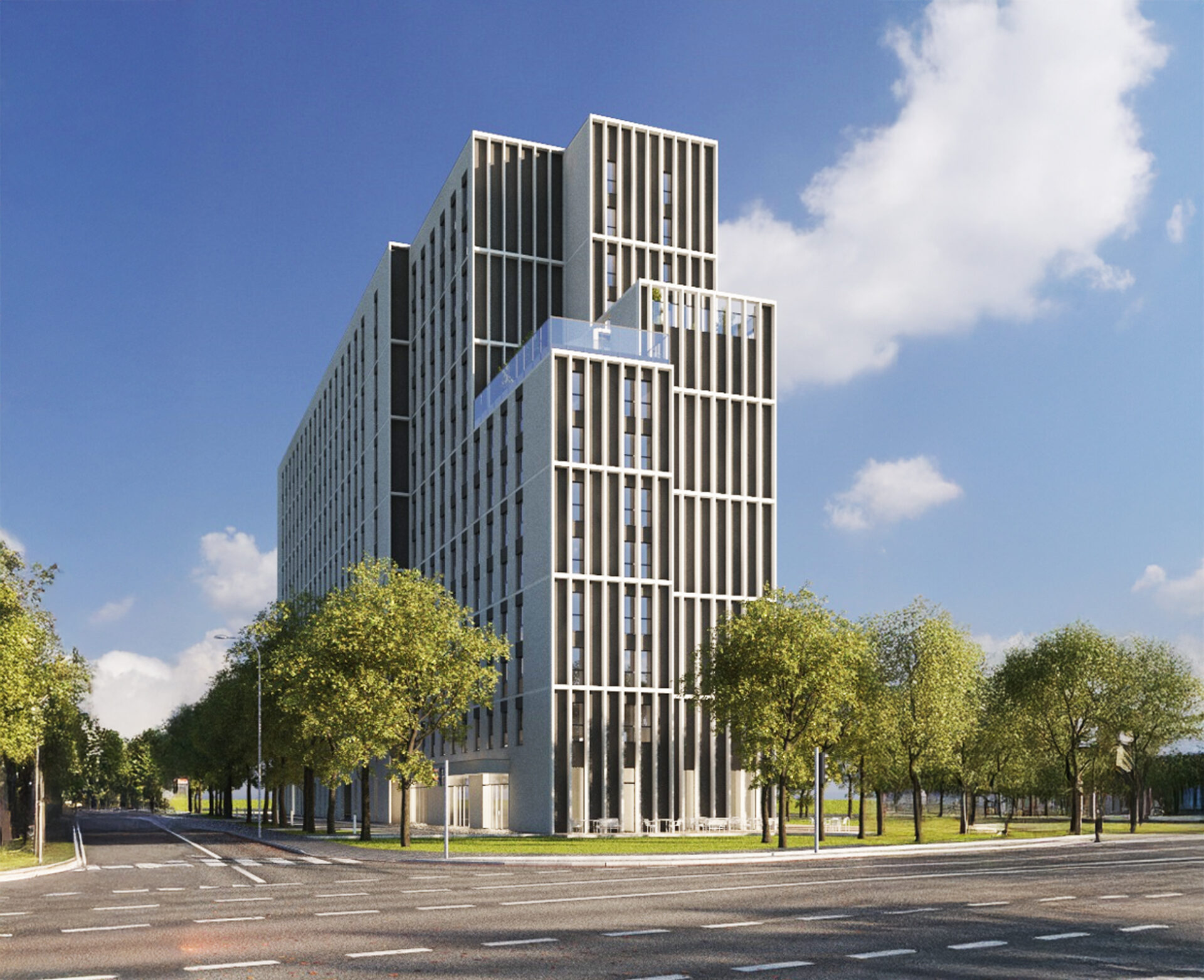Despite the somewhat mixed picture regarding the rental outlook, commercial real estate across Poland continues to attract significant investment demand growth. Just recently, this growth has become more broad-based in nature, with foreign interest now gaining momentum across all sectors.
As such, capital value projections over the year ahead are positive, albeit this is generally confined to assets in prime locations. The perception that commercial property in Poland represents fair value for investors, particularly in relative terms compared to other European markets, appears to be one of the forces underpinning demand for now.
Occupier Market
• The Occupier Sentiment Index was little changed during the final quarter of 2017 with a headline reading of +4 compared to +6 in Q3. This points to a broadly stable occupier market following slightly negative readings in the
first half of 2017.
• Significantly, demand from occupiers continues to increase strongly; indeed in net balance terms, it did so at the fastest quarterly pace since 2010, led by the office and industrial sectors.
• Even so, availability continued to rise in each area of the market, prompting landlords to increase the value of inducement packages on offer to prospective tenants across the board.
• Reflecting the demand supply balance, rental growth expectations remain somewhat subdued for the year ahead. Prime office rents are expected to see little change, while rental levels on offices in secondary locations are anticipated to continue to soften. Prime industrial and retail rents are projected to post modest growth.
• Despite the mixed rental outlook and the strong reading for available supply, the development starts indicator continues to point to further building activity.
Investment Market
• The Investment Sentiment Index improved to +16 in the final quarter of the year, from +12 in Q3. As such, this measure is signaling a modest firming in investment market conditions.
• Investment enquiries rose for the fourth quarter in succession, with growth fairly evenly spread across sectors. Demand from international investors increased at a slightly quicker pace, as the retail and industrial sectors in particular appeared to attract interest.
• The supply of property for sale edged up in Q4, having held more or less steady in the previous quarter.
• Capital value expectations for the year ahead continue to display a clear divide across prime and secondary markets. For prime office, industrial and retail assets, capital values are anticipated to increase at a solid pace. By way of contrast, values are projected to decline across secondary locations.
• Around 60 percent of respondents feel the commercial real estate market is in the early to middle stages of a growth phase in the current cycle. Even so, around one third believe conditions are now close to peaking (up from 18 percent in Q3).
Commercial Property Market key indicators
Market Valuations – While the majority of respondents (around two thirds) sense the market offers at least fair value currently, 32 percent feel it is becoming overpriced to some extent.
Credit Conditions – On balance, credit conditions reportedly saw little change during Q4, following a slight improvement in the previous quarter.
12m Capital Value Expectations – Respondents anticipate assets across all prime sub-markets posting capital value gains through the coming twelve months, while the outlook is negative for secondary.
12m Rental Expectations – Secondary office rents are projected to decline significantly over the year ahead, and secondary retail also exhibits negative expectations. At the other end of the scale, prime industrial and retail rents may rise modestly.







